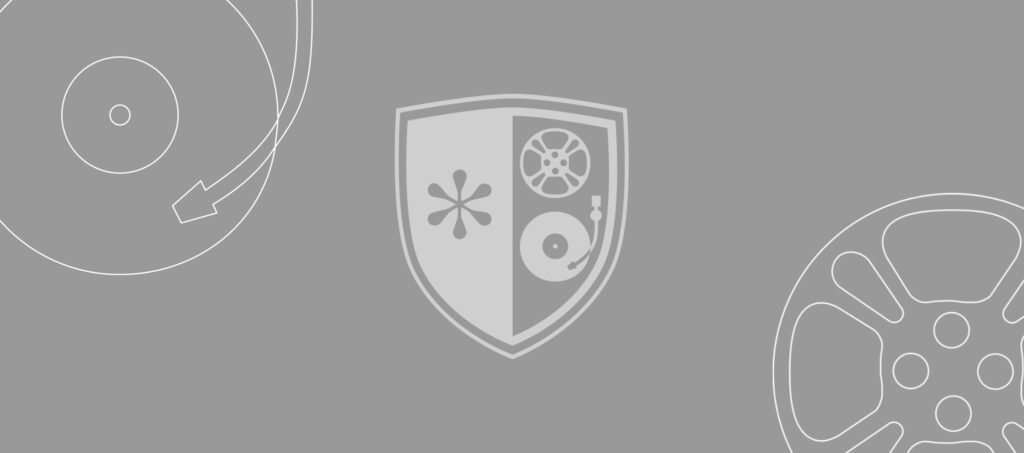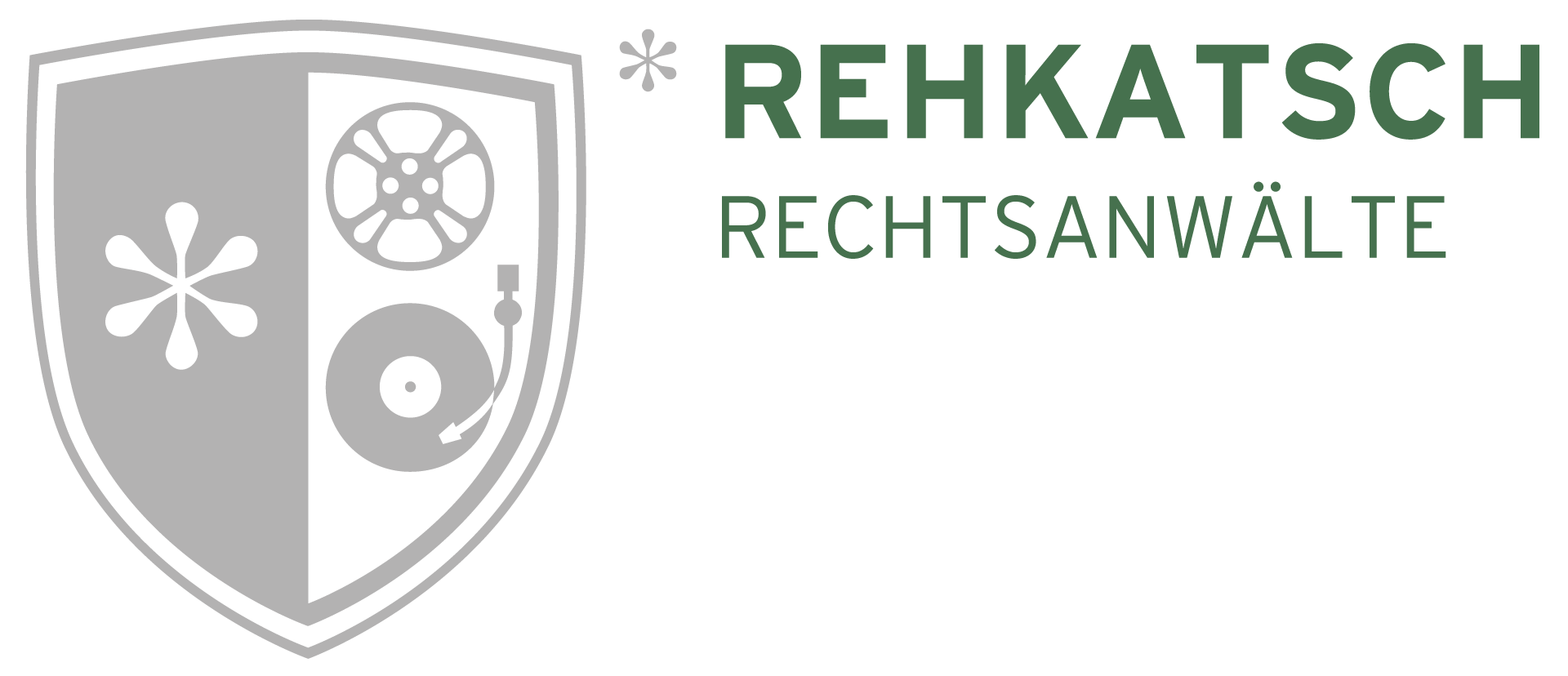What is protectable as a work in copyright law at all?
§ Section 2 of the Copyright Act regulates the concept of a work under copyright law, i.e. determines what is protectable as a work under copyright law:
“1) Protected works of literature, science and art include in particular:
- 1. Speech works, such as written works, speeches and computer programs;
- 2. Works of music;
- 3. pantomime works including the works of dance art;
- 4. Works of fine arts including works of architecture and applied arts and designs of such works;
- 5. Photographic works including works created similarly to photographic works;
- 6. Cinematographic works including works created similarly to cinematographic works;
- 7. Representations of a scientific or technical nature, such as drawings, plans, maps, sketches, tables and plastic representations.
Only works of literature, science and art are eligible for protection. In this context, an independent concept of work is used and not a concept related to art or literature, whereby the terms literature, science and art are to be interpreted broadly. The examples listed are not an exhaustive list of works. It should be distinguished above all from technical services, which are not eligible for protection. The concept of work contains 4 different elements: The personal creation, the intellectual content, the design and the individuality.
The often used terms “level of creation” and “level of design ” are not elements in their own right, but represent the degree of individuality.
a) Personal creation
The personal creation needs a human-creative activity. This serves primarily to distinguish them from works of machines or only found objects that have not been worked on by humans.
b) Spiritual content
A Spiritual Content requires that the human spirit must be expressed in the work. This means it must contain a statement or message beyond the merely perceptible. The work must have a spiritually stimulating effect.
c) Perceptible shape design
The work must also have a form that is perceptible through the senses. However, a physical or even permanent commitment is not required. Thus, even an impromptu poem or an improvised piece of music can be protected.
d) Individuality
Individuality is the central criterion of the concept of work under copyright law. It distinguishes the copyrightable work from the mass of the everyday and banal.
The term design level describes the different level of individuality. The individuality results from the conception of the work or its form design. Ultimately, a summary assessment of all design elements is always required and it is a case-by-case decision whether the necessary limit of individuality has been reached.
e) Protection of the small coin
The lowest limit of what can be protected is the so-called small coin. These are simple designs with a minimal level of creation, but which are still protectable. These are, for example, catalogs, collections of cooking recipes or simple melodies.
f) Protection of the idea
A mere idea is not protectable by copyright. Abstract ideas cannot be monopolized. However, an idea often lacks the necessary perceptible form design. The idea must also relate to a copyrightable subject matter. It must be more than an unformed thought in order to meet the requirements of individuality. Only when an idea already represents a concept that meets the requirements of the 4 elements can it be eligible for protection.
g) Examples
Social games and other games can be protectable in their concrete form. However, the idea or the system alone are not sufficient. Advertising slogans and slogans can enjoy copyright protection, but they are usually so brief that they do not leave enough room for a sufficient creative design. Magazine and newspaper articles are usually intellectual personal creations. Catalogs, price lists, etc. usually do not contain personal creations and are protectable only in exceptional cases. Websites and user interfaces can be protected as linguistic works if they have the necessary individuality. Scientific studies and expert opinions are eligible for copyright protection, but not the theories, discoveries, etc. on which they are based. Economic or commercial organizational systems, on the other hand, are not eligible for protection.
Conclusion
In summary, all 4 elements of the work concept must always be present for a protectable work. The most problematic issue is usually whether the necessary individuality has been achieved. In any case, it is always a case-by-case decision whether and when a work belongs to the works eligible for protection.
If you have any questions or need assistance with a copyright infringement dispute, please feel free to contact us by phone at 0221-4201074, by email at info@rehkatsch.de, or schedule an appointment with our law firm.



